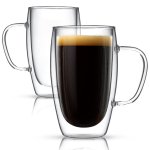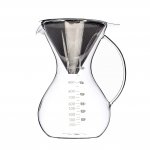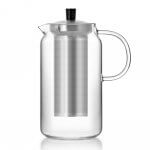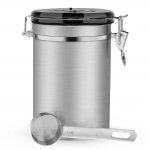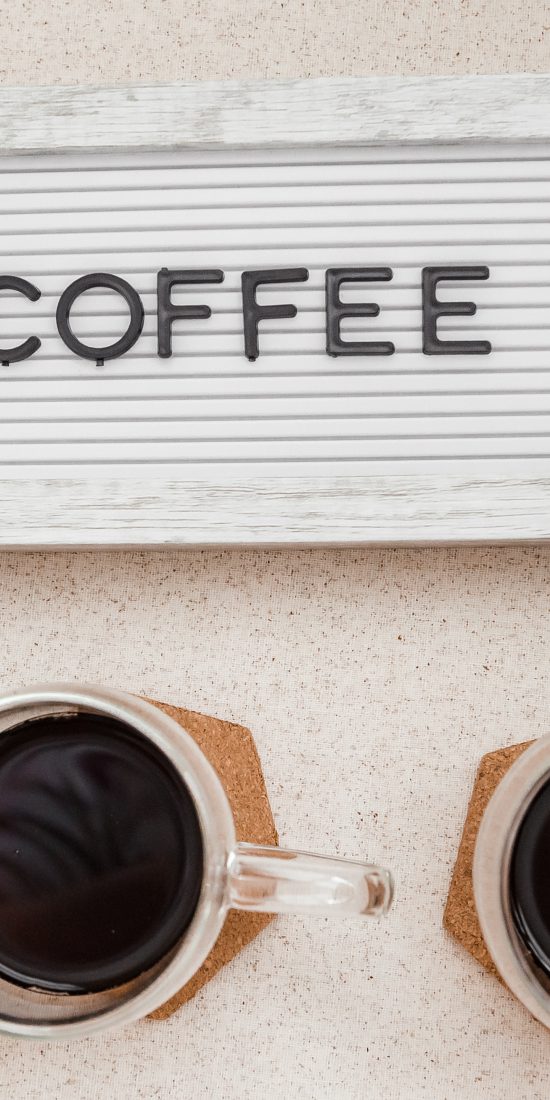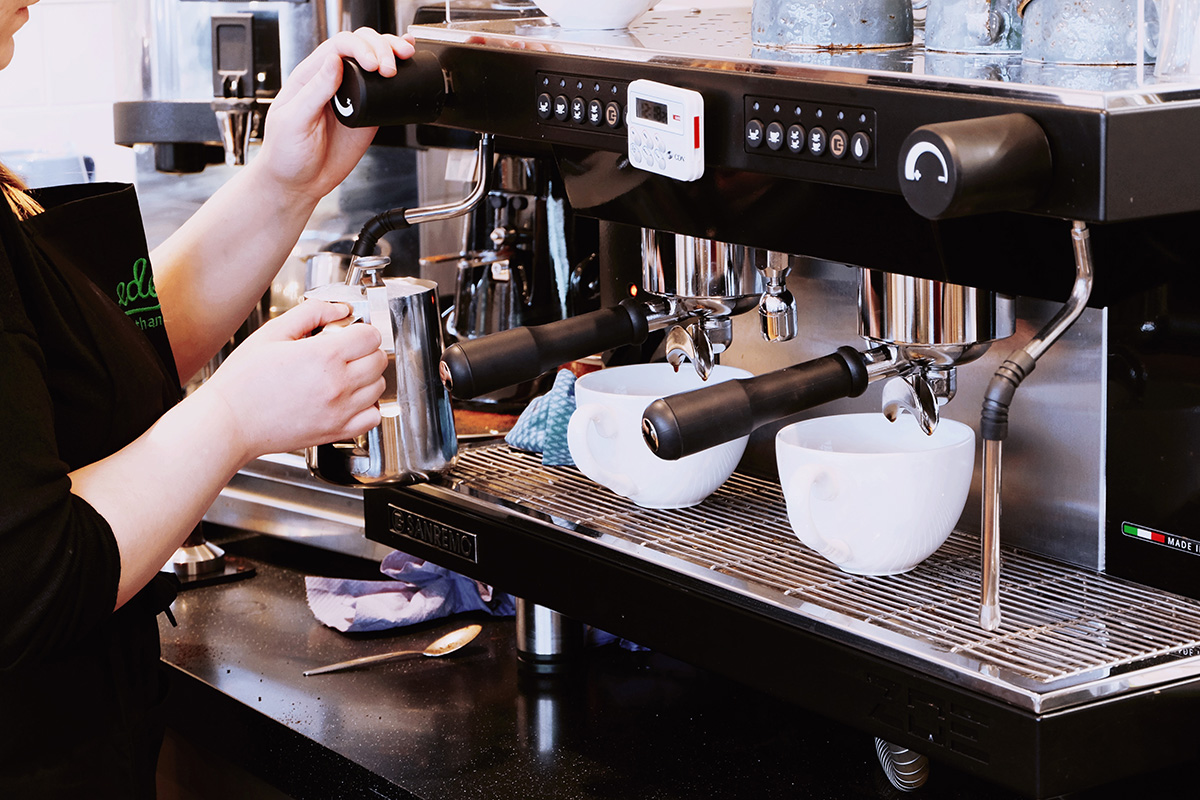
How to Steam Milk Properly For A Great Latte & Cappuccino
Making a great coffee involves creating the best shot and the perfect steamed milk. Steaming milk may sound easy to do, but in truth, it’s actually tricky. It takes proper techniques to come up with the best-steamed milk.
Although there are ways to steam milk at home using a microwave, doing so may not result to properly steamed milk perfect for lattes and cappuccinos. Steaming milk is best done using an espresso machine. When doing this, the milk gets exposed to high pressured steam and once the steam gradually enters the milk, the natural fats of the milk expand to be what we call micro-foam.
Micro-foam is called such because it’s composed of very small or invisible air bubbles called grain. Creating micro-foam requires what baristas call stretching (or aerating) and texturing (or emulsifying). After steaming, you should have a creamy, velvety batch of milk that’s best for lattes and cappuccinos.
If you’re ready to create your own steamed milk, here are the steps to begin.
-
Fill your pitcher or jug with cold milk.
Although quite obvious, you have to take note that you don’t just fill with as much milk as you can. Fill the jug with half full of cold milk. When you pour the milk, make sure that it’s just below the jug spout. Filling the jug all the way to the top will not give it enough space once the milk’s volume increases.
The cold milk should also be poured in a colder pitcher. This ensures a longer steaming window which positively affects the milk texture.

-
Stretching
Milk stretching is the part when you allow air gently into the milk to create a micro-foam. At this point, you have to turn the steam on and position the nozzle of the steam wand just below the surface of the milk or a fraction under it – creating a hissing sound while also spinning the milk in a whirlpool motion.
Listen to the hissing or popping sound and watch the milk volume increase. If you are making a latte, less micro-foam will do while if you are making a cappuccino, more micro-foam is best. Therefore, making a cappuccino means you have to stay on the stretching stage for longer compared to when you’re making a latte.
Once you have created your desired amount of micro-foam (usually the milk should have increased roughly 50% of the volume), you can now proceed to texturing.
-
Texturing
Texturing, also called spinning, starts when your milk increases in volume (as specified in the previous step). At this point, you have to dip the nozzle of the steam wand by another fraction just below the milk surface (half a centimeter will do). From there, you can continue to spin the milk in a whirlpool motion.
You would also want to come up with a flat whirlpool of milk during this stage of steaming. Do not allow the milk volume to increase any more. When you find that it still rises, try turning the steam level down just enough for the milk to stay steady. You should also not be hearing any hissing or popping sound anymore at this stage.

To help you get the perfect whirlpool of milk, tilt the pitcher or jug a little and see to it that the steam wand is a little off-center. Do your best to keep the wand in that position until you finish steaming.
You should know when to stop when the pitcher is already too hot to hold or touch. One of the reasons that metal pitchers are used to steaming milk is for you to feel when the temperature heats up. Ideal temperature should be 49-60 degrees Celsius or 120-140 degrees Fahrenheit. When you’re making a latte, 50 degrees Celsius is recommended.
A lower or steady milk temperature will result in a richer and sweeter flavor while too hot will lead to a burnt kind of taste.
-
Finishing Touches
Once you get your desired micro-foam, remove the pitcher and wipe off the steam wand immediately to prevent the milk residue from hardening. This can be hard to remove in your next steam.
Now, tap out the air bubbles to groom or polish the texture of the milk. Give the pitcher one big thump or swirl. Leave it to sit on the counter while you’re pouring the espresso shot.
Now how about creating your own latte art? Here are our beginners’ hacks for creating yours!

*Pin for later.

